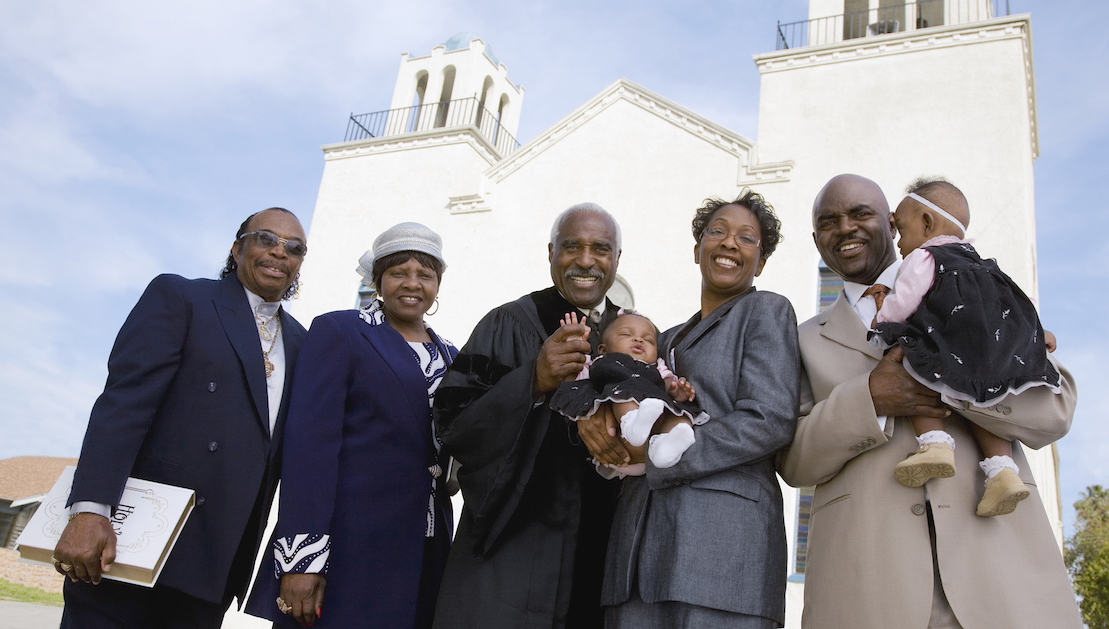Eliminating health disparities is an important part of creating a healthier community. But we can’t simply wave a magic wand and end these disparities — the task takes comprehensive study and focused effort.
Through one such study here at Highmark, Inc., we learned that African Americans and Hispanics/Latinos were two demographic groups who underutilized preventive services like immunizations and cancer screenings. We also learned that these groups received less comprehensive care for certain conditions, like diabetes. Our findings mirrored those published in nationwide studies, such as the National Healthcare Disparities Report.
To address these gaps, the Health Equity and Quality Services group (HEQS) here implemented a comprehensive approach, which included interventions targeting our members, our providers, our clients and our communities.
Through a series of focused conversations throughout our regions, we also recognized the importance of working with churches. It has long been recognized that church-based health promotion using collaborative partnership approaches can reach broad populations and have great potential for reducing health disparities. We searched the peer-reviewed literature to inform our approach, which demonstrated that evidence-based community health promotion strategies, such as speaking about health issues from the pulpit, adopting proactive practices to support kitchen committees, and providing technical and resource support to congregational health ministries, are successful community strategies to reduce health disparities.
We developed and implemented two faith-based initiatives between 2012 and 2016. One was a community learning collaborative with more than fifty different African American churches known as the Western Pennsylvania Faith-Based Learning Collaborative (WPAFBLC). The other, Seven Steps to Good Health, was a program with two churches in Central Pennsylvania that served predominately Hispanic/Latino parishioners.

Both initiatives were offered free of charge to the participants and participation was voluntary. The programs focused on education and awareness, skill-building opportunities and screenings, and follow-up and referrals for treatment. To evaluate their effectiveness, church congregants completed an end-of-program questionnaire to assess their own health behavior changes, and knowledge and awareness gained since starting the programs.
Resources were provided to the churches for participation in the programs, including blood pressure monitors, pedometers, culturally-tailored cookbooks, exercise resistance bands, and health promotion information. In addition, some of the churches participating in the WPAFBLC cardiovascular risk reduction initiative called “Take Care of My Heart” (2013-2015) received an automated external defibrillator (AED) and were given the opportunity to participate in a group CPR and AED training class.
The Central PA program addressed “Seven Steps” — managing blood pressure, cholesterol, blood sugar, getting active, healthy eating, weight loss and smoking cession. The sessions included instruction by HEQS staff members and a subject matter expert from the community.
Our faith-based initiatives impacted many people. We estimated 900,000 program exposures for the active participants in the WPAFBLC (nine months per 12-month period over four years); and 26,600 exposures per seven-month period in 2014 for the two churches participating in the “Seven Steps” program.
We also leveraged the core competencies of other Highmark Health businesses, internal staff, and community resources to ensure the success of these programs. United Concordia Dental provided donations of toothbrushes and dental floss for the “Seven Steps” program. Highmark-employed medical directors and registered dieticians, physicians employed by the Allegheny Health Network, and health and wellness staff were instrumental in strengthening our offerings for both programs. We collaborated with our community affairs department for the “mini-grants” to the WFAFBLC that were provided in 2013, 2014 and 2016.
In addition, numerous presentations were made to the western Pennsylvania churches by community agencies such as the American Diabetes Association, the American Cancer Society, the American Heart Association, the Make-a-Wish Foundation, and local libraries on additional community-based resources that are available to the participants, their families and friends.
Community-based health promotion is not a new concept. However, these initiatives were fully collaborative partnerships — meaning the churches had a say in what they did and how they did it, and participation was completely voluntary. The programs provided a unique framework for the Highmark health plan to engage historically hard-to-reach populations in settings that may be more familiar than “traditional” health care environments.
We know that the “one size fits all” approach does not work and so our model was designed to be customizable. It is also replicable for other demographics outside of African American and Hispanic/Latino populations. We believe our faith-based approach establishes new ground. Employees are a vibrant part of their communities and many attend institutions of faith on a regular basis. By engaging these institutions, we can help reduce community health risks, which will also help to improve the health of the workforces within these communities.